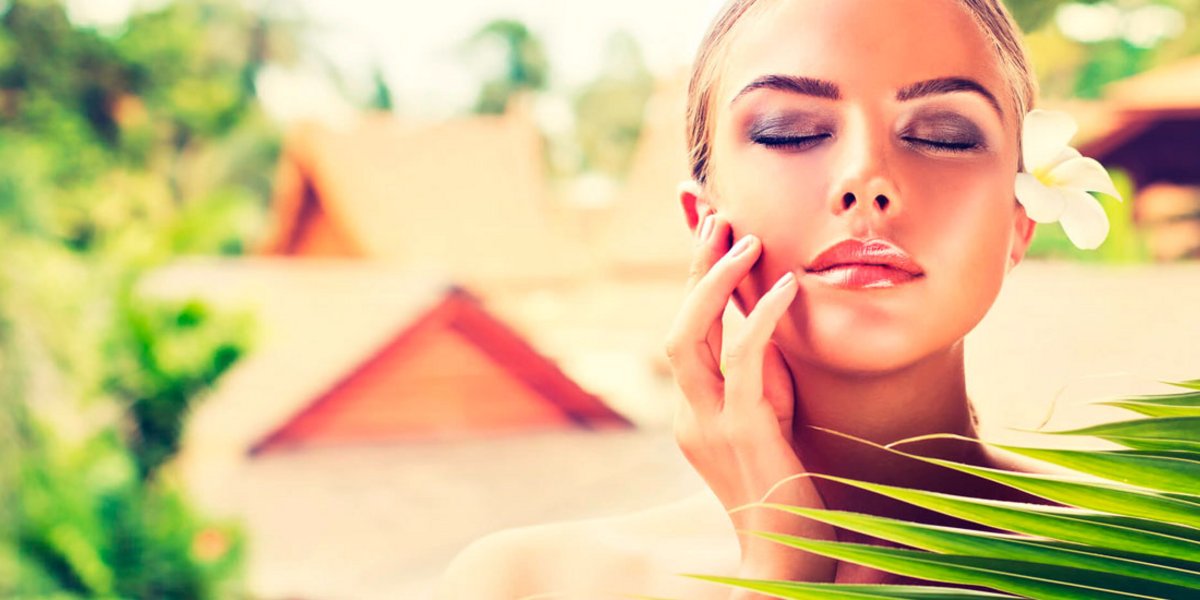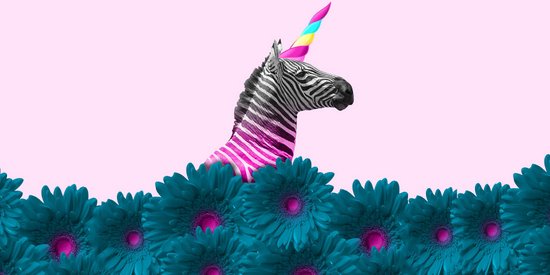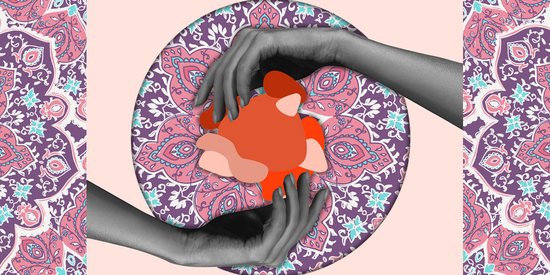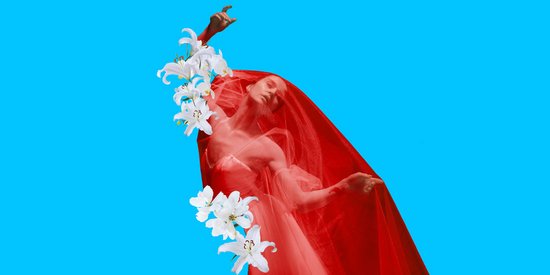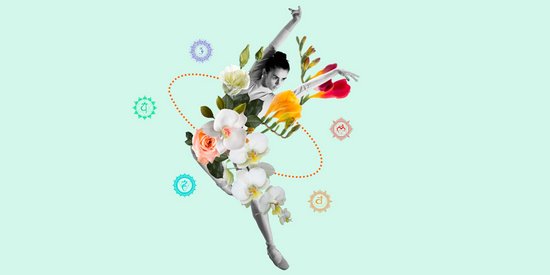Ayurveda is a way of life, to be well within oneself and with others. It also teaches how to rebalance your energies on the physical, vital, mental, psychic and spiritual levels, to feel good about yourself and to evolve.
In Sanskrit, the oldest known structured language, ayur means "life" and veda "knowledge". Ayurveda is therefore the science of life.
History
Originating in India, Ayurveda, or Ayurvedic medicine, is a complete and recognized medical system of alternative medicine. It is considered the oldest medical system in human history. Indian tradition dates its origins back to between 5,000 and 10,000 years ago. Ayurvedic medical knowledge is based on less ancient writings such as Caraca (1500 BC) and Sushrut Samhita and Ashtang Hrdyam (between 300 and 500). These 3 texts describe the basic principles of Ayurvedic medicine as it is still practiced today in India. According to the legends, the ancient sages received the revelation of Ayurveda from the deities during their deep meditations. These words were transmitted orally from masters to disciples. Around 400 to 200 BC, Charaka and Sushruta put them down in writing. Charaka, from a Brahmin family, is considered one of the main founders of ancient Ayurvedic science. He developed the prevention of diseases, the theory of humours (doshas), physiology and treatment. He considered that all illnesses come from a loss of self confidence and in one's own divine nature.
Ayurvedic medicine is traditionally divided into eight branches which, in Charaka's scheme, are as follows:
- Sùtra-Sthàna, the general principles.
- Nidàna-Sthàna, pathology.
- Vimàna-Sthàna, the diagnosis.
- Sharïra-Sthàna, physiology and anatomy.
- Indriya-Sthàna, the prognosis.
- Chikitsà-Sthàna, therapy.
- Kalpa-Sthàna, the pharmacy.
- Siddhi-Sthàna, healing after treatment.
Health and disease are not predetermined, and life can be prolonged by human effort and attention to lifestyle. Sushruta was more anatomically and surgery oriented. His treatise describes the energy points known as the Marmas, perhaps the knowledge at the origin of acupuncture. He performed plastic surgery operations to reconstruct amputated noses. He is often considered the father of this type of surgery.
Over the centuries, Ayurvedic medicine had to deal with the arrival of Greco-Roman medicines with Muslim and Western invasions and with English colonization. In present-day India, it has regained its letters of nobility. It is represented in the Ministry of Health and in the faculties of medicine.


